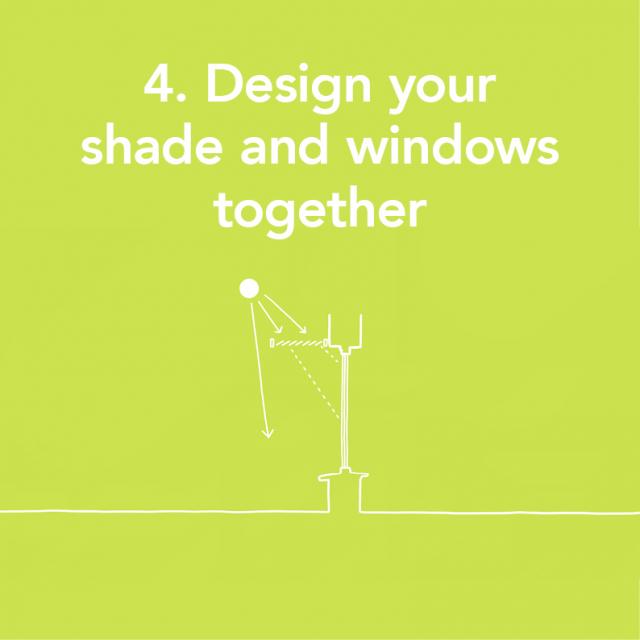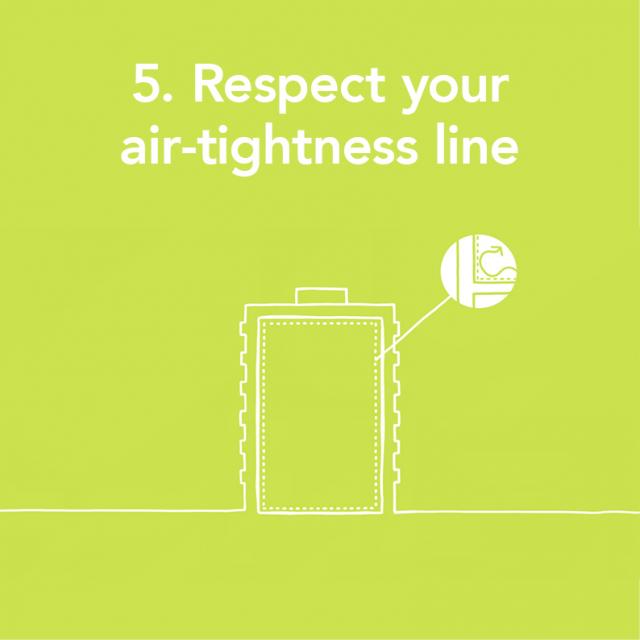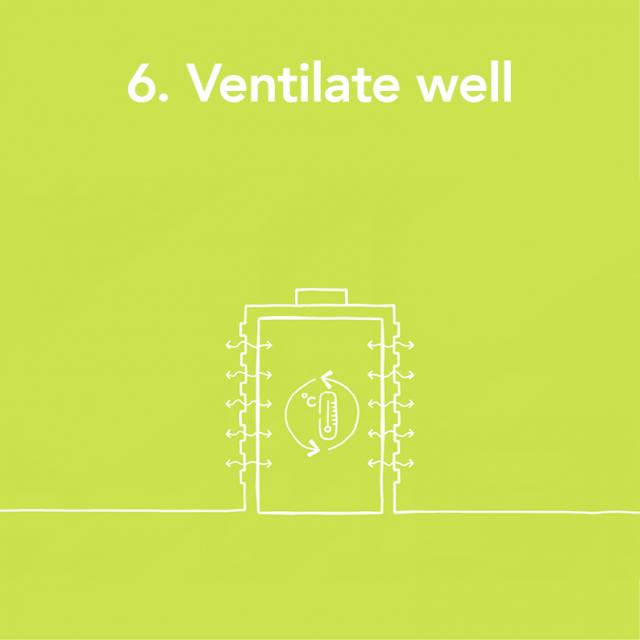Passivhaus is one of the built environment sector's most recognisable and most rigorous standards to help us reduce energy use. Thousands of buildings are certified to Passivhaus standards and yet few medium and high rise developments are - yet.
Greenhaus, our medium rise development in Salford for the English Cities Fund is currently going through the rigorous accreditation process. So what have we learnt and how can we apply this learning to future developments?
We led an interactive session with partners Ecospheric, Max Fordham, and Appleyard & Trew, and peers across the industry to discuss just that.
Our findings are in the attached report and distilled here to some top tips and takeaways from the session.


1. Start as you mean to go on
Commit to Passivhaus Standards at the start of the project. Embed the approach. Communicate that this project is going to be different, it is going to be serious about its environmental footprint, and that everyone involved will be a part of delivering against that promise.
2. Approach Passivhaus as a guide not a dictat
Passivhaus is an iterative process. Allow it to guide design decisions from the project outset rather than dictate them.
Consider the whole building demand and explore trade offs throughout the design process, getting the most from your PHPP model.


3. Show your thermal line some love
Give your thermal line more than a passing glance, understand it, design your form and details to simplify and maintain its integrity to get the best results.
Show it some love.
Hug your MVHR to it.
4. Design your shade and windows together
Not all medium rise developments will have dual aspect residences.
Do consider the window shape and size to admit light, ventilate and give views out.
Don’t design to maximise passive solar gain, or for aesthetics only.
Consider the glazing to wall ratios and options to shade including balconies.


5. Respect your air-tightness line
Air tightness is key to Passivhaus (10 x that of a Part L scheme), testing the whole building not just individual dwellings.
Show your air-tightness line some respect. It must be uninterrupted. Keep designs simple. Think about junctions in 3D. Choose robust materials and don’t substitute on site. Test whilst its accessible.
6. Ventilate well
Don’t leave ventilation to chance. Design your ventilation; model your airflow and think strategically about how you ventilate spaces.
Consider getting the best MVHR units, they can be a cost-effective way to increase performance and meet the standards.


7. Avoid thermal bridging like your life depends on it
Thermal bridging contributes to conductive losses through the building fabric, by a combination of air leakage and thermal conduction. Therefore, thermal bridging is not suitable for an energy efficient building and should be avoided.
8. Get the right team
An experienced team will help navigate the process, communicate the benefits and keep the level of consultation, and therefore cost, required down